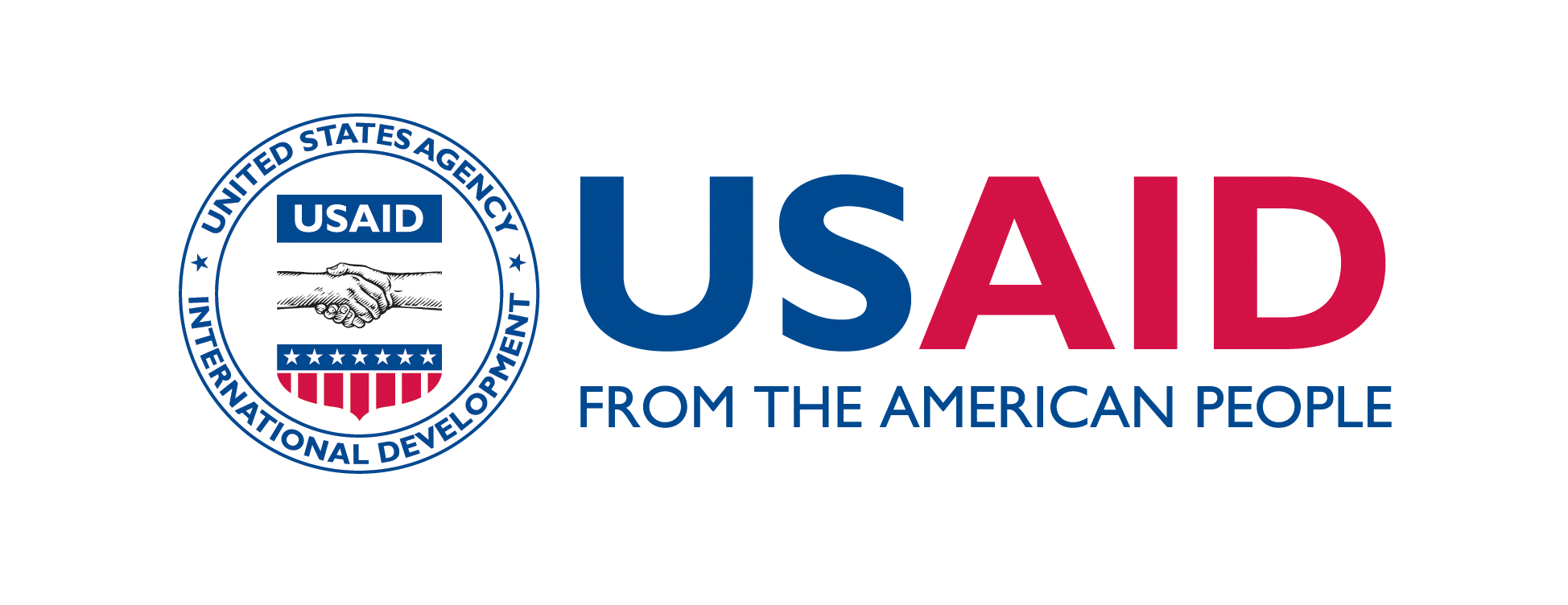Mar 11, 2015 | by

Including children in economic development program logic models increases the protection of children, has the potential to improve child wellbeing, and through these, the long-term capacity of children as they grow into adults. Early childhood development is key to healthy childhood and success in adulthood, therefore child wellbeing is essential to the economic wellbeing of individuals, communities and states.
Diana Rutherford of FHI 360, and Lloyd McCormick of ChildFund discussed the new guidance document, Magnify Your Project’s Impact: How to Incorporate Child-Level M&E in Economic Development. The publication targets economic development practitioners who design economic strengthening projects with and without the particular aim of improving child wellbeing. Adherence to this guidance will enable practitioners to protect children and expand their projects’ impact by incorporating child-level indicators into their M&E systems.
While we know that there is a correlation between household welfare and child wellbeing, improvements in household economic welfare do not necessarily trickle down to children. We also know that improving child wellbeing when children are young is essential for their future.
The authors advocate that by including child-level outcomes in logframes and M&E systems, adjusting programing when adverse effects on children are observed, and sharing evaluation results widely, we can improve the impact of economic development projects. By understanding what is happening to children in our project environments, ensuring that our projects do no harm to children, and improving child wellbeing, we can help strengthen the gains our projects make today and provide a stronger foundation for future growth.
This webinar is hosted by the SEEP’s Children, Youth and Economic Strengthening (CYES) Network, in cooperation with the STRIVE project and FHI 360.
A 7.5-year, $16 million effort, STRIVE (Supporting Transformation by Reducing Insecurity and Vulnerability with Economic Strengthening) was designed to use market-led economic strengthening initiatives to benefit vulnerable children by implementing four field projects in Sub-Saharan Africa and Asia. By tracking and documenting the impacts of these diverse interventions on household economic circumstances and child-level indicators related to both economic (financial), and non-economic (health, education, nutrition) vulnerability factors, STRIVE aims to fill current knowledge gaps about effective economic strengthening approaches and their impact on reducing the vulnerability of children and youth.
Diana Rutherford
Diana Rutherford is a mixed-methods researcher with experience in topics as diverse as economic strengthening, business and enterprise development, anti-corruption, decentralization, child well-being, health procurement and the role of time horizons in development. Currently she directs M&E and impact assessment for STRIVE, a project designed to test the results of economic strengthening projects on child wellbeing, led by FHI 360 and sponsored by USAID’s Displaced Children and Orphans Fund. Prior to joining FHI 360, Ms. Rutherford was with the IRIS Center at the University of Maryland for 13 years where she worked on projects for USAID, the Bill & Melinda Gates Foundation, and the World Bank, among others.
Lloyd McCormick
Lloyd McCormick has over nineteen years of experience in international development concentrating in organizational administration; program development, implementation and coordination focusing on youth, NGO/CBO and micro-enterprise development, micro-lending, and economic strengthening. He is currently serving as ChildFund International’s Director of Youth Programs, responsible for providing strategic and programmatic direction and oversight for ChildFund’s youth development, micro-enterprise development, micro-credit and economic strengthening programs in the Americas, Africa and Asia Regions. Prior to ChildFund he worked with several other major INGOs in Eastern Europe and Central Asia. In addition to his work in international development, Lloyd has twelve years of progressive business management experience in the private sector (retail/wholesale and large-scale production operations).
Categories: Youth and Children Unpublished Resources Published Blogs/Webinars Webinar Resources WebinarsBlogs

1621 North Kent Street, Ste 900,
Arlington, VA, 22209
P 202.534.1400
F 703.276.1433
Website Photos: © mari matsuri
